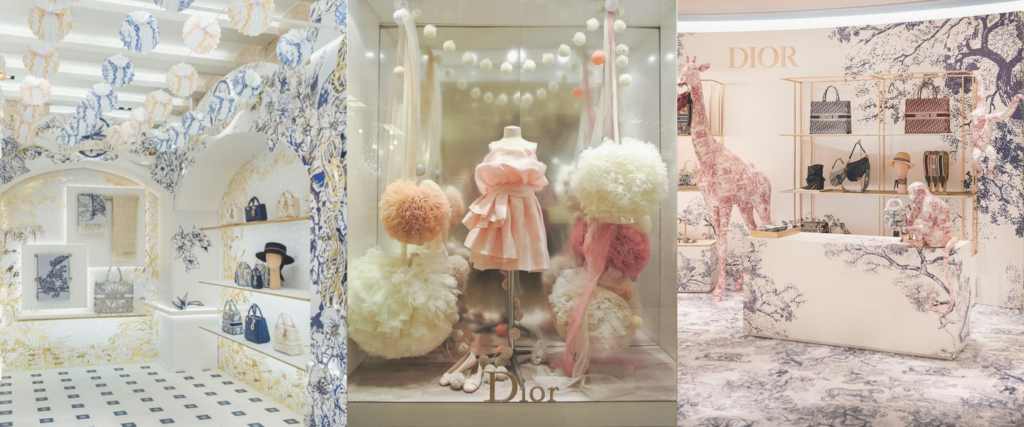Have you ever heard the term in English, where a picture can say a thousand words? In literal meaning, a picture can replace a thousand uttered writings. A picture has the power to convey information, emotions, and messages that any amount cannot write in words. That is the power of visual storytelling.
Visual storytelling is the concept of conveying messages through images, shapes, symbols, colors, illustrations, videos, etc. Therefore, something that has meaning and can be an essential element for the sight of the human eye is visual storytelling.
One can immediately capture the message just by looking at a picture. It is what makes visual storytelling super powerful in designing.
The value of visual storytelling in marketing design
A visual storytelling strategy adds value to the brand’s content marketing. It can seize the customer to be captivated by directing them to the latest content. The writing in the picture that has a narrative will feel more enjoyable.
In addition, the primary purpose of visual storytelling is to deliver the information passively, for example, through pictures, animations, or videos. Eventually, this strategy can make the given text intact and compact.
Visual media also gives the audience a heightened impression in a lengthy time. As reported by wishpond.com, 90% of the human brain receives information in a visual form. Most messages received by humans tend to be easily embedded if we see the thing in the flesh.
Therefore, it is the best way to help audiences portray our brand.
Application of visual storytelling in marketing design
A fast-food brand has taken advantage of visual storytelling, Burger King. Have you seen this fast-food restaurant’s campaign many times, haven’t you?
In the Burger King Rotten Ad concept, Burger King wants to show us that its products do not use food preservatives. So first, Burger King made a video showing the 34-day process of the rotting burger. Then, Burger King made a poster design from the decayed burger.
The application of visual storytelling in product design also has been carried out by a well-known instant noodle brand in Indonesia, Indomie. A picture of a plate of fried noodles is displayed commonly on all Indomie packaging. However, to welcome the Holy Month, Indomie conducted a campaign on its product packaging.
Before Ramadan, a plate of instant noodles in the Indomie packaging disappeared, leaving only an empty black plate. It is one piece of the visual storytelling that explains that Indomie also welcomes Ramadan and appreciates those who are fasting.
Need another example? Okay, here you can see the pictures below. Another fast-food restaurant, KFC, made a poster campaign for the Hot & Spicy Chicken menu with unique visuals.
First, there is a picture of a racing car going super fast. How do we know it’s going fast? Because the smoke generated from the car is enormous. The puff of smoke is undoubtedly very hot because it results from gas combustion from the engine. In the end, this puff of smoke forms KFC’s signature fried chicken, a reddish color which indicates that the fried chicken is hot and spicy.
The second picture has the same concept. The difference is that the heat comes out of the dragon’s breath this time.
Creating a beautiful storytelling visuals
A reliable designer must understand visual storytelling techniques to convey the desired message to the audience. Here are tips that you can do and things you should avoid in implementing it.
Do’s:
- Creating a narration that grabs the attention of the audience.
- Choosing visual media according to the needs of the narrative you create.
- Arrange the chronology of the narration, like when you are telling a story.
- Supporting your visual narrative with text and audio to add context.
- Keep your message clear and straightforward.
Don’ts:
- Following a viral meme.
- Forcing to shape the narrative for a specific visual idea.
- Prioritizing style over the message you want to convey.
- Deleting the entire audio and text.
- Creating the same content for all social media channels.
Now, is it clear yet?
There is a significant amount of importance of visual storytelling in a design. The substance and context of the message you want to deliver are crucial in creating it.
What about you? What is the most important thing when applying visual storytelling in creating designs? Can it optimize your marketing strategy? Check our Instagram @nicetomeetyou.studio to know more about how we can help you in visual storytelling!


